Get Connected With Our Text Messaging Services
Connect With Customers or Engage with Voters at a Fraction of the Cost
Connecting with clients, customers, or voters through targeted Text Messaging Services proves to be a cost-effective strategy compared to traditional means of communication such as mail, radio ads, or commercials. The efficiency lies in the precision of reaching the intended audience directly on their mobile devices. With text messages, businesses and political campaigns can eliminate the expenses associated with printing, postage, and airtime.
Additionally, the instantaneous nature of SMS ensures quick and direct engagement with the recipients, saving both time and resources and MMS can enable clients to convey valuable content, such as images, videos, and other interactive elements. Targeted messaging allows for personalized communication, tailoring content to specific demographics or interests, thereby increasing the likelihood of a meaningful interaction. This focused approach minimizes wasted resources on individuals who may not be interested in the message, making text messaging a cost-efficient and results-oriented solution for effective client, customer, or voter engagement.
High Open & Response Rates
Text messages have a high open and response rate compared to other forms of digital communication.
Convenient & Personal
Texting is a convenient and personal way to reach people. Most people carry their smartphones with them at all times, making it easy to receive and respond to texts.
Immediate, Real-time Communication
Texting allows for real-time communication, making it a great tool for time-sensitive information.
Cost-Effective
Texting is a relatively low-cost way to reach a large number of people compared to other forms of communication.
Highly Targeted
Texting can be targeted to specific audiences based on demographics, interests, or past behavior.
SMS vs MMS
Short Message Service (SMS) and Multimedia Messaging Service (MMS) are both communication protocols used for sending messages between mobile devices, but they differ in their content types and capabilities.
Short Messaging Services (SMS)
Content Type:
SMS messages are limited to plain text and have a character limit of 160 characters per message.
Delivery Method
SMS messages are typically delivered faster than MMS, and are sent through the cellular network's signaling channel.
Media Support
SMS does not support multimedia content such as images, videos, or audio files.
Cost
Cost: SMS messages are often less expensive than MMS messages.
Multimedia Messaging Services (MMS)
Content Type:
MMS messages support multimedia content, including images, videos, audio files, and contact cards. They can include up to 600 characters of text.
Delivery Method
MMS messages may take longer to deliver than SMS, as they are transmitted through mobile data networks or Wi-Fi instead of the signaling channel used by SMS.
Media Support
MMS allows for richer and more dynamic content, making it suitable for sharing multimedia files.
Cost
MMS messages are generally more expensive than SMS messages due to the additional data transfer involved.

Choosing Between SMS & MMS
Text-Only Communication:
- If your message consists solely of text and you want a quick and cost-effective solution, SMS is the better choice.
Multimedia Content Sharing:
- When sharing multimedia content such as photos, videos, or audio, MMS is the preferred option due to its support for richer media.
Cost Considerations:
- If cost is a significant factor and your message does not require multimedia content, SMS is more budget-friendly.
Delivery Speed:
- If the speed of message delivery is crucial, SMS is generally faster than MMS.
The choice between SMS and MMS depends on the nature of the message you want to convey. SMS is ideal for simple, text-based communication, while MMS is the preferred option when multimedia content needs to be shared. Consider factors such as content type, delivery speed, and cost when deciding which messaging protocol to use in a given situation. Reach out to our team and we will be happy to point you in the right direction for your text messaging needs.



